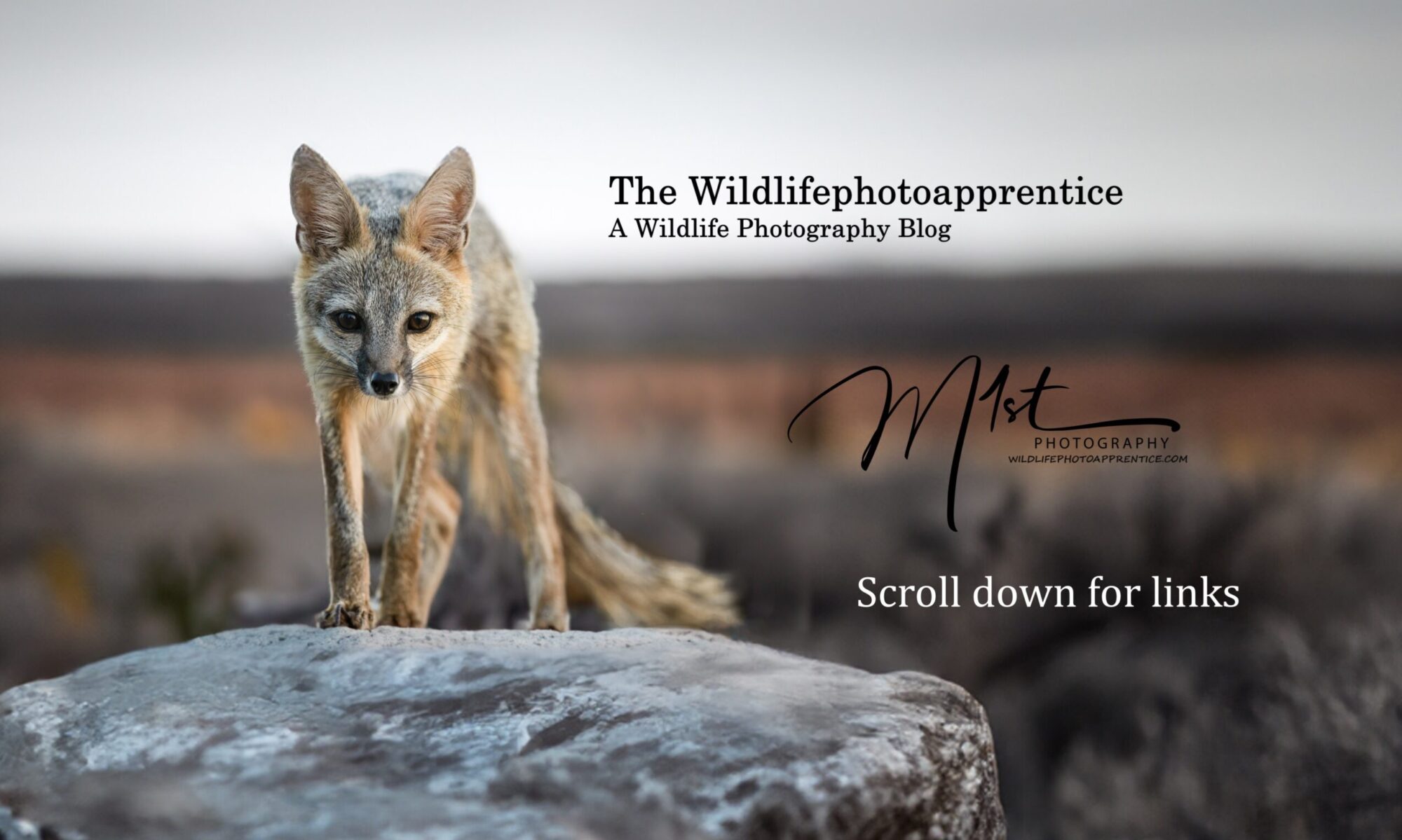Adobe Lightroom has become an indispensable tool for wildlife photographers, offering a comprehensive suite of features that can transform raw captures into stunning works of art. As we will explore throughout the next series of articles, Lightroom provides a robust platform for organizing, editing, and enhancing wildlife images. Grasping the fundamentals of how to use Lightroom is essential for beginning wildlife photographers. In this initial discussion, let’s explore a few aspects of Lightroom that make it a valuable tool for wildlife photographers.
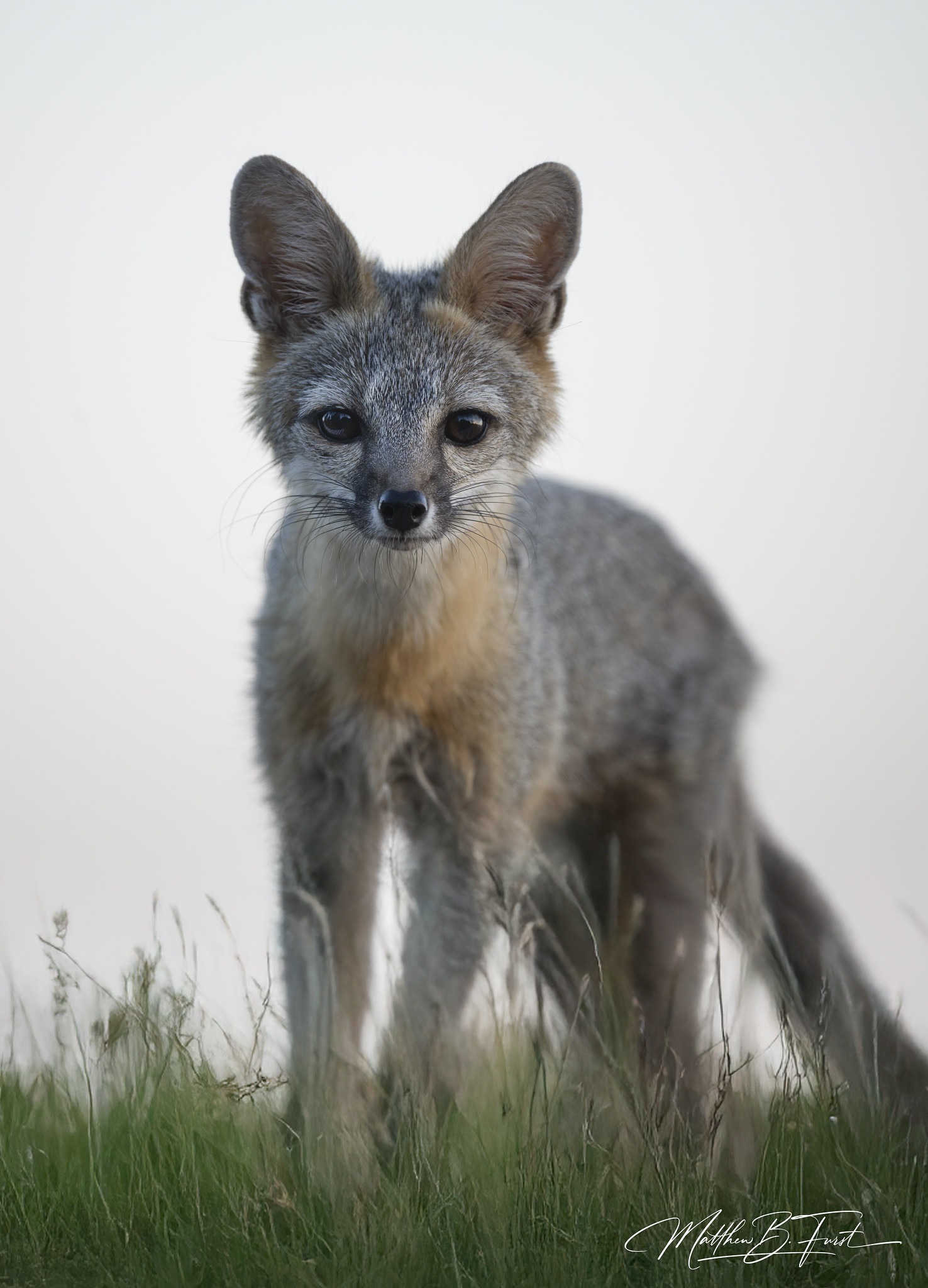
The Power of Non-Destructive Editing
Lightroom’s key strength for beginning wildlife photographers is its non-destructive editing approach. This allows wildlife photographers to experiment freely with various adjustments without fear of altering their original files permanently. Lightroom’s non-destructive editing approach offers beginning wildlife photographers a worry-free environment to explore and learn the program’s capabilities. This feature allows photographers to experiment boldly with various adjustments and effects. As they fine-tune exposure, clarity, color balance, and more they can freely push creative boundaries, knowing that a single click of the reset button will instantly revert the image to its original state. This safety net encourages novice photographers to try different editing techniques, fostering a deeper understanding of Lightroom’s tools while preserving the integrity of their precious RAW files. The ability to undo changes at any time not only streamlines the editing process but also builds confidence, enabling beginners to develop their skills and artistic vision without the stress of irreversible mistakes. From basic exposure and color corrections to advanced local adjustments, Lightroom offers a flexible environment where creativity can flourish.
Streamlined Workflow
For wildlife photographers, Lightroom’s organizational tools are invaluable, especially when dealing with large volumes of images from extended shooting sessions. Lightroom’s organizational capabilities allow wildlife photographers to manage their extensive photo collections effectively. Photographers can create a structured folder system based on locations, dates, or species, making it easy to locate specific images later. This organization is crucial when dealing with hundreds or thousands of photos from a single wildlife expedition.
Presets and Synchronization
Presets
Wildlife photographers can create and use presets to quickly apply consistent edits across multiple images. These presets can be tailored for specific lighting conditions or animal species, ensuring a cohesive look across a series of photos. For instance, a preset might be designed to enhance the details in bird feathers or bring out the texture in an animal’s fur.
Synchronization
Lightroom’s synchronization feature is particularly useful for wildlife photographers who often capture multiple shots of the same subject. After editing one image, photographers can easily sync these adjustments across similar photos, saving significant time in post-processing.
Consistency in Style
For beginning wildlife photographers, developing a consistent style is crucial. Lightroom’s preset system and synchronization features allow for the application of consistent edits across a series of images, helping photographers establish and maintain a recognizable aesthetic. This consistency is key in building a cohesive portfolio and developing a personal brand in wildlife photography.
Efficient Exporting
Lightroom offers flexible exporting options that cater to various needs:
Multiple formats: Photographers can export images in different formats (JPEG, TIFF, PSD) depending on their intended use, whether for web sharing or print publication.
Batch exporting: The multi-batch export feature allows photographers to export the same set of images using different presets simultaneously, ideal for creating various versions for different purposes.
Export presets: Photographers can save export settings as presets, streamlining the process for future use.
Time-saving Workflow
This streamlined workflow in Lightroom significantly reduces post-processing time:
Quick culling: Photographers can quickly review and rate their images, filtering out the best shots from a large batch.
Non-destructive editing: Lightroom’s non-destructive editing allows photographers to experiment freely without fear of permanently altering original files.
Consistent editing: By using presets and synchronization, photographers can maintain a consistent style across their wildlife portfolio.
By leveraging these tools, wildlife photographers can significantly reduce the time spent on post-processing. This efficiency allows them to allocate more time to what truly matters – being in the field, observing wildlife, and capturing those fleeting, magical moments in nature.
Enhancing Details and Mood
Lightroom excels in bringing out the fine details that make wildlife photography so captivating. Through tools like selective sharpening, clarity adjustments, and powerful masking features, photographers can highlight intricate textures in fur, feathers, and scales. Moreover, the software’s color grading capabilities enable the creation of mood and atmosphere, enhancing the emotional impact of wildlife scenes.
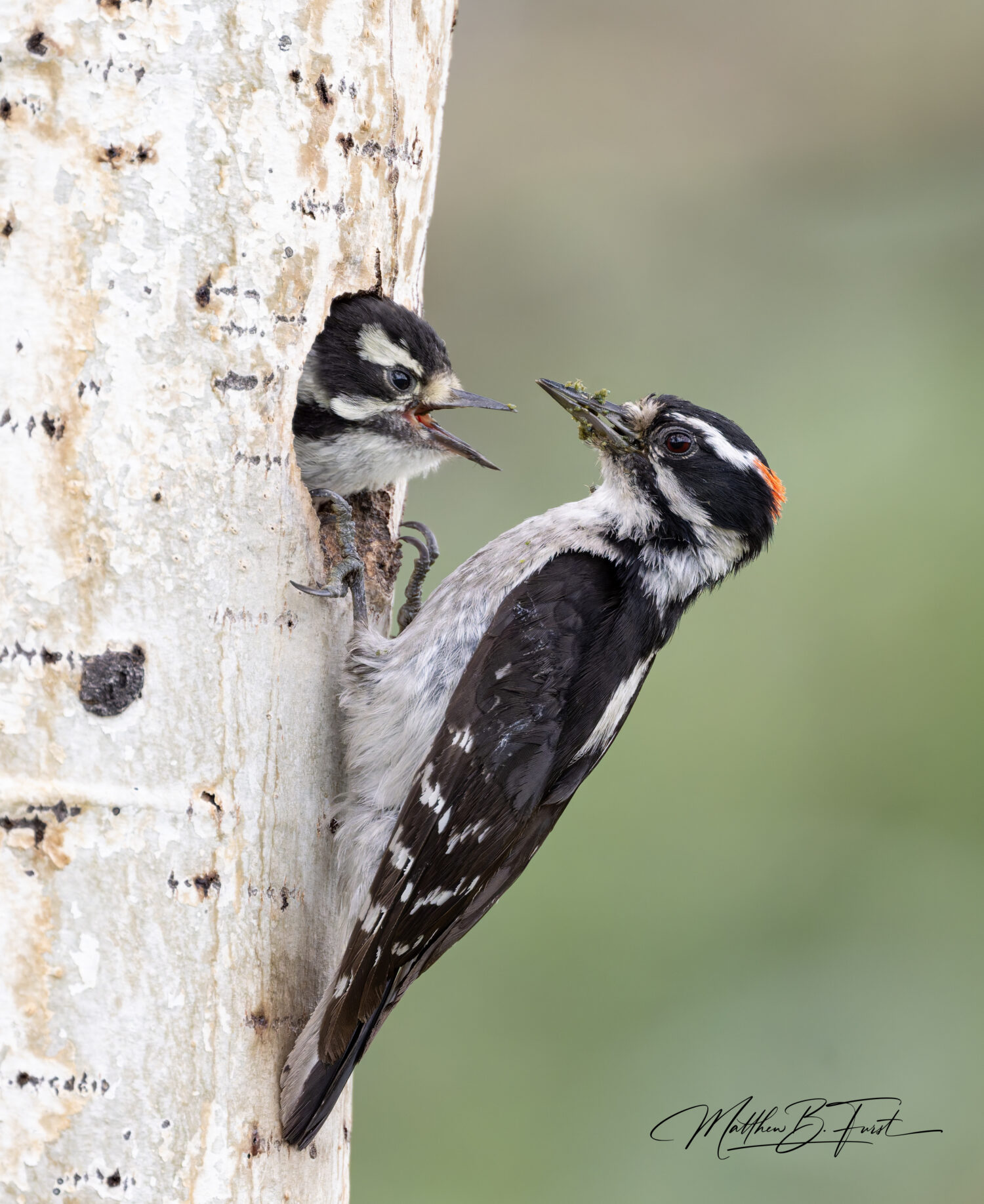
Advanced Techniques for Growth
As photographers grow in their craft, Lightroom offers increasingly sophisticated tools to match their developing skills. From advanced color adjustments using the HSL panel to creating complex masks for targeted edits, the software provides a platform for continuous learning and improvement. The ability to make both global and local adjustments with precision allows for nuanced editing that can truly make wildlife images stand out.
Integration with Other Software
While Lightroom serves as an excellent foundation for wildlife photography editing, its true power is further amplified when used in conjunction with other specialized software. As photographers advance in their skills, they can seamlessly integrate Lightroom with programs like DxO PureRAW, Topaz AI, and Adobe Photoshop to push their wildlife images to new heights.
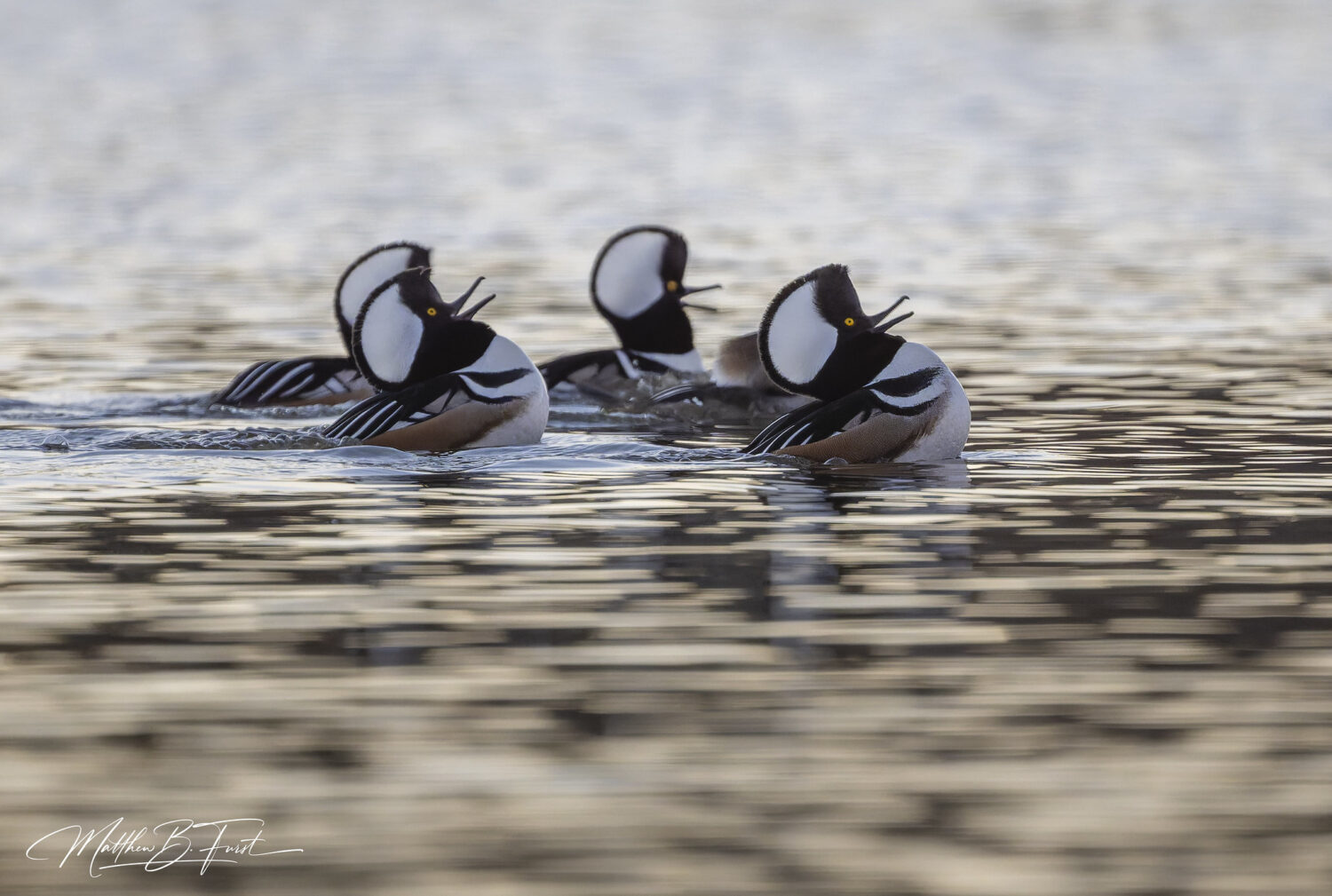
DxO PureRAW
DxO PureRAW4 excels in noise reduction and lens correction, making it an excellent pre-processing tool before bringing images into Lightroom. Its advanced algorithms can significantly improve image quality, especially in low-light wildlife shots where noise can be a significant issue. By using DxO PureRAW4 as a first step, photographers can start their Lightroom workflow with cleaner, sharper base images.
Topaz AI
Topaz AI offers a suite of AI-powered tools that can complement Lightroom’s capabilities. Topaz PhotoAI can be particularly useful for wildlife photographers. The denoise and sharpening tools can be employed to rescue images that might otherwise be unusable due to high ISO noise or slight motion blur, common challenges in wildlife photography. After initial adjustments in Lightroom, problematic images can be sent to Topaz for AI-enhanced noise reduction or sharpening, then returned to Lightroom for final touches.
Adobe Photoshop
While Lightroom handles most editing needs, there are times when the pixel-level control of Photoshop is necessary. For complex retouching, advanced compositing, or creating fine art wildlife images, Photoshop offers tools that go beyond Lightroom’s capabilities. Lightroom’s seamless integration with Photoshop allows photographers to easily move between the two programs, combining Lightroom’s organizational and raw processing strengths with Photoshop’s detailed editing features.
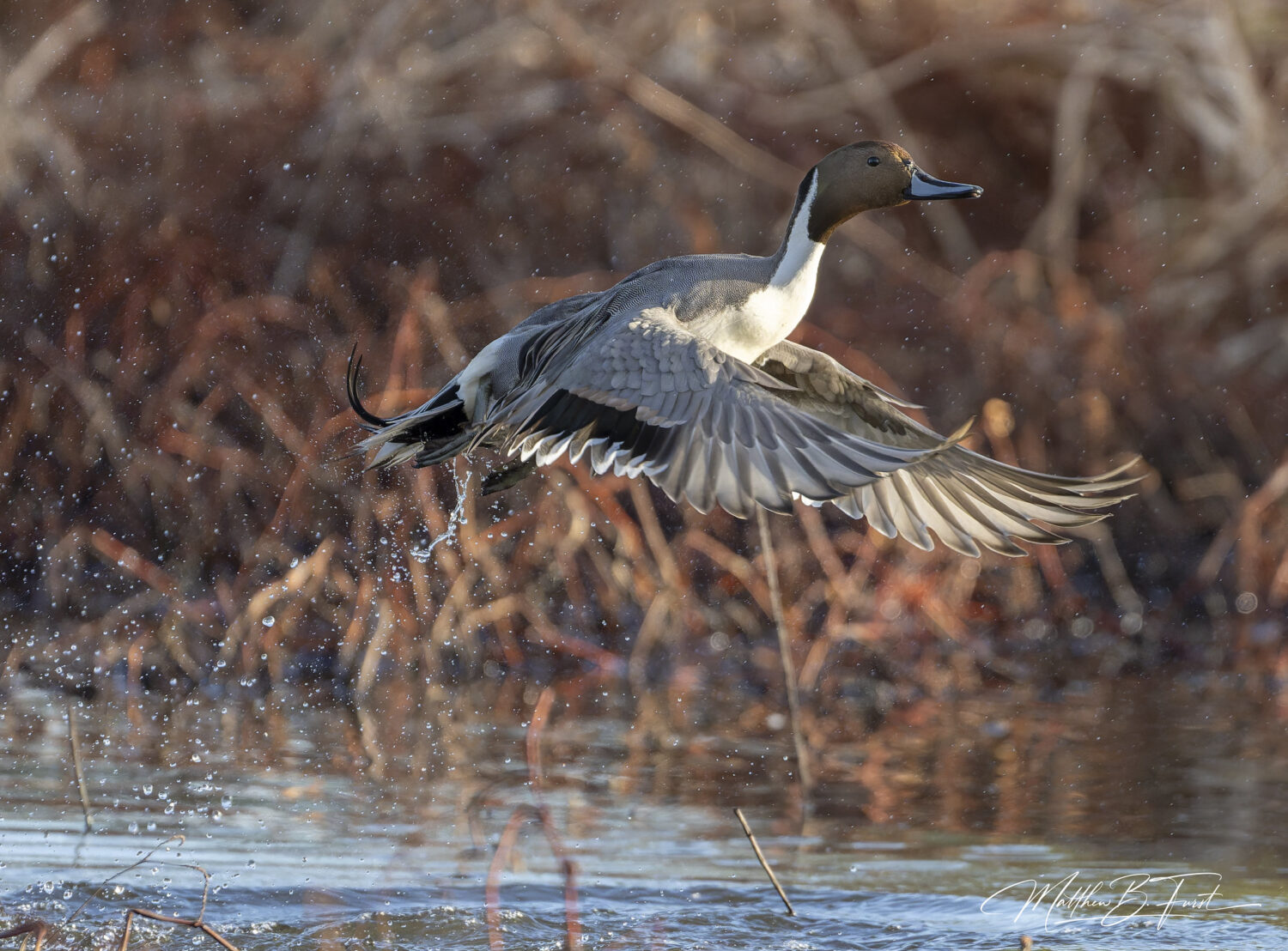
Workflow Integration
A typical advanced workflow might look like this:
- Import raw files into Lightroom for initial organization and culling.
- Send selected images through DxO PureRAW for optimal noise reduction and lens correction.
- Return to Lightroom for primary adjustments, including exposure, color, and basic local edits.
- For images needing detailed retouching or compositing, send to Photoshop from Lightroom.
- Finalize all images back in Lightroom for consistency in color grading and final export.
This integrated approach allows wildlife photographers to leverage the strengths of each software, resulting in images of the highest quality while maintaining an efficient workflow.
Conclusion
Mastering Lightroom is undoubtedly essential for beginning wildlife photographers. It provides a solid foundation for developing editing skills, managing large photo libraries, and creating stunning wildlife images. As photographers grow in their craft, the seamless integration of Lightroom with specialized tools like DxO PureRAW, Topaz AI, and Photoshop opens up new possibilities for pushing the boundaries of wildlife photography.
The key to success lies in first mastering Lightroom’s comprehensive toolset. This mastery not only improves the quality of wildlife images but also establishes an efficient workflow that can accommodate more advanced techniques as skills develop. By building on this strong Lightroom foundation, wildlife photographers can confidently explore additional software to further enhance their images, knowing they have a robust, organized system at the core of their post-processing workflow.
In the ever-evolving world of wildlife photography, the combination of field skills, artistic vision, and post-processing expertise is what sets exceptional images apart. Lightroom, as the central hub of this process, remains an invaluable tool for photographers at all levels, from beginners capturing their first wildlife moments to seasoned professionals pushing the boundaries of the art form. Over the next several weeks I will post a series of articles that will help you explore and learn about the basics of Lightroom. We will learn about the Develop module specifically, helping you build a better understanding of Lightroom, enhancing your skills, and improving your wildlife images.
